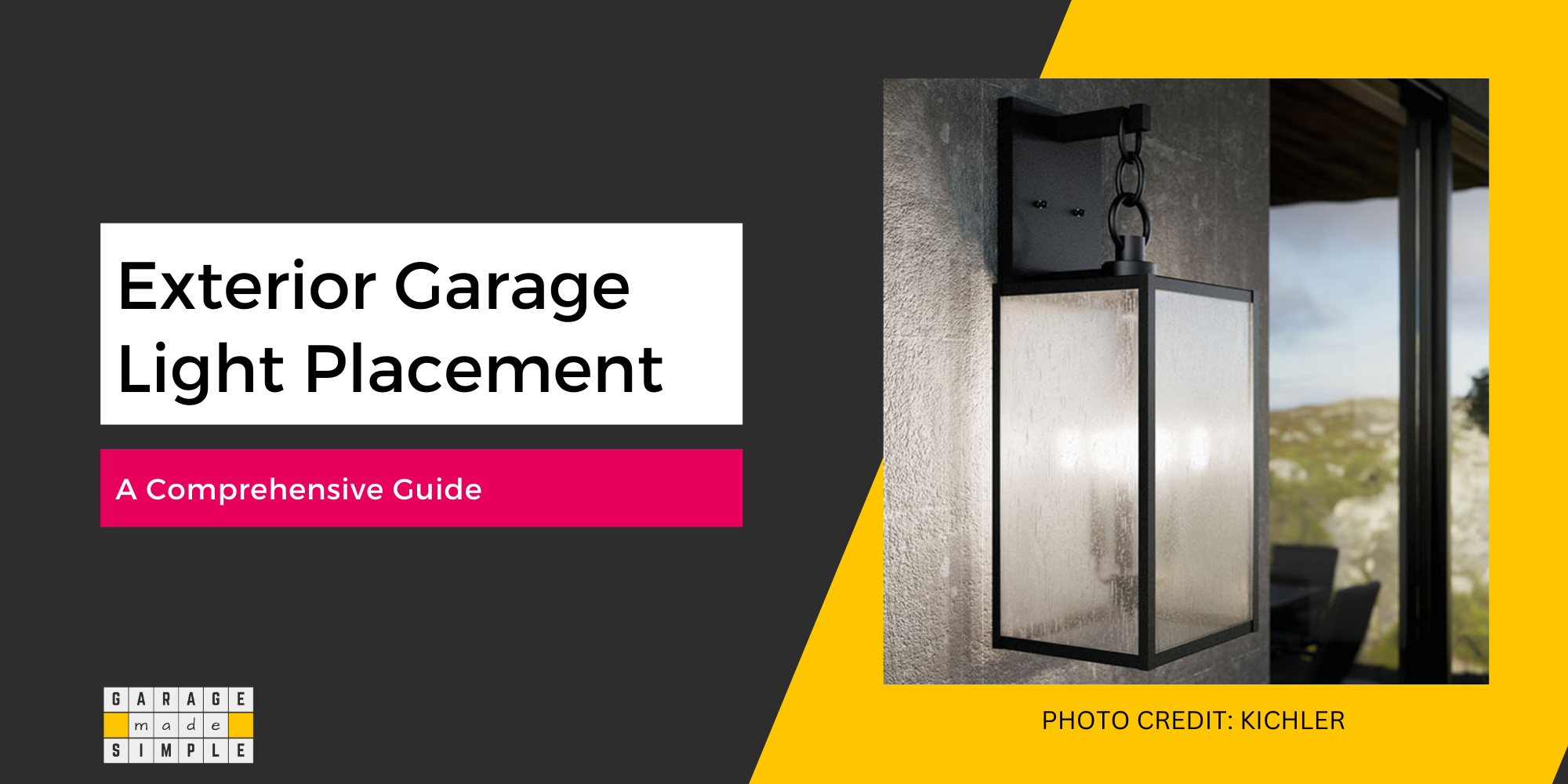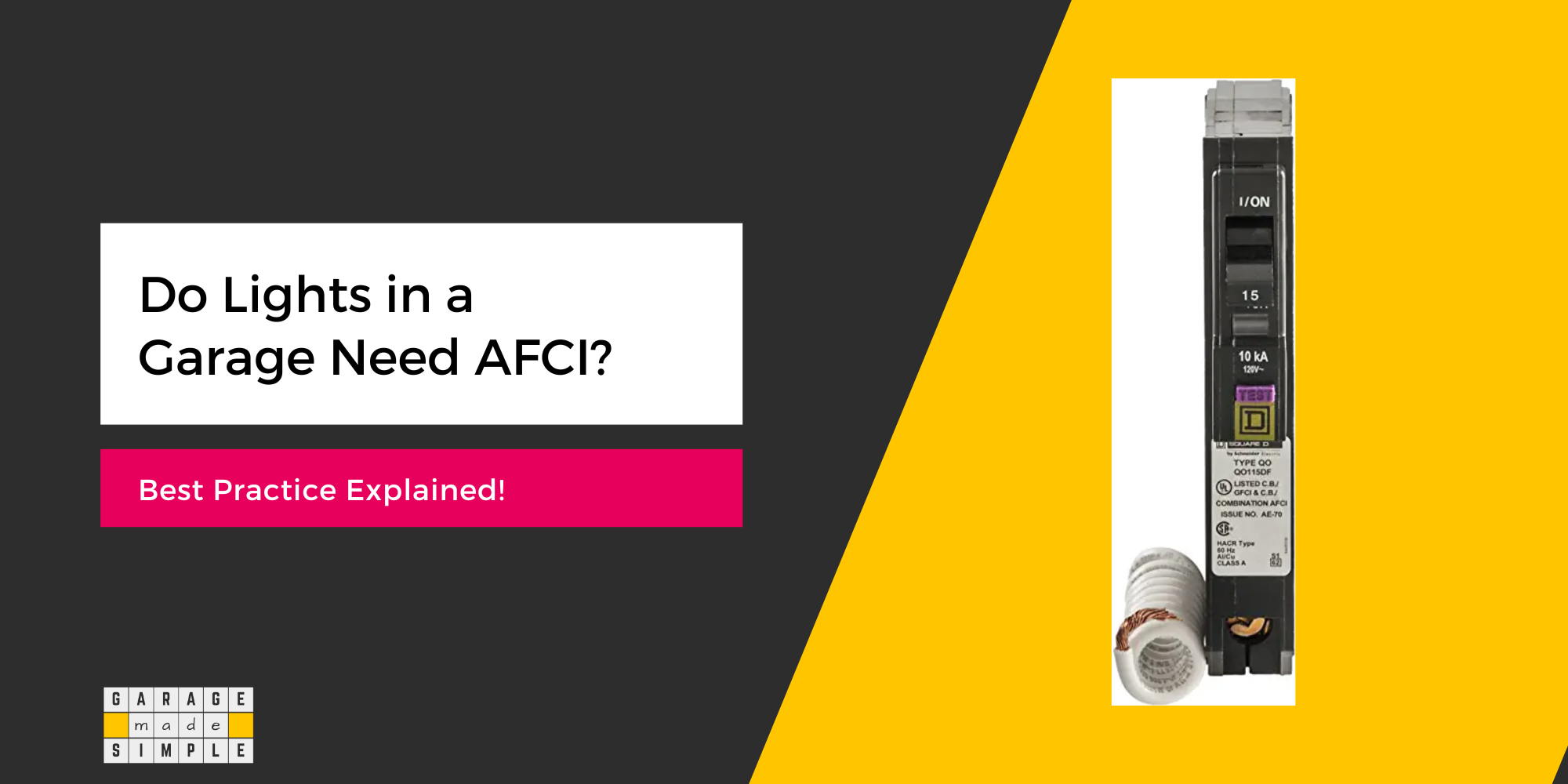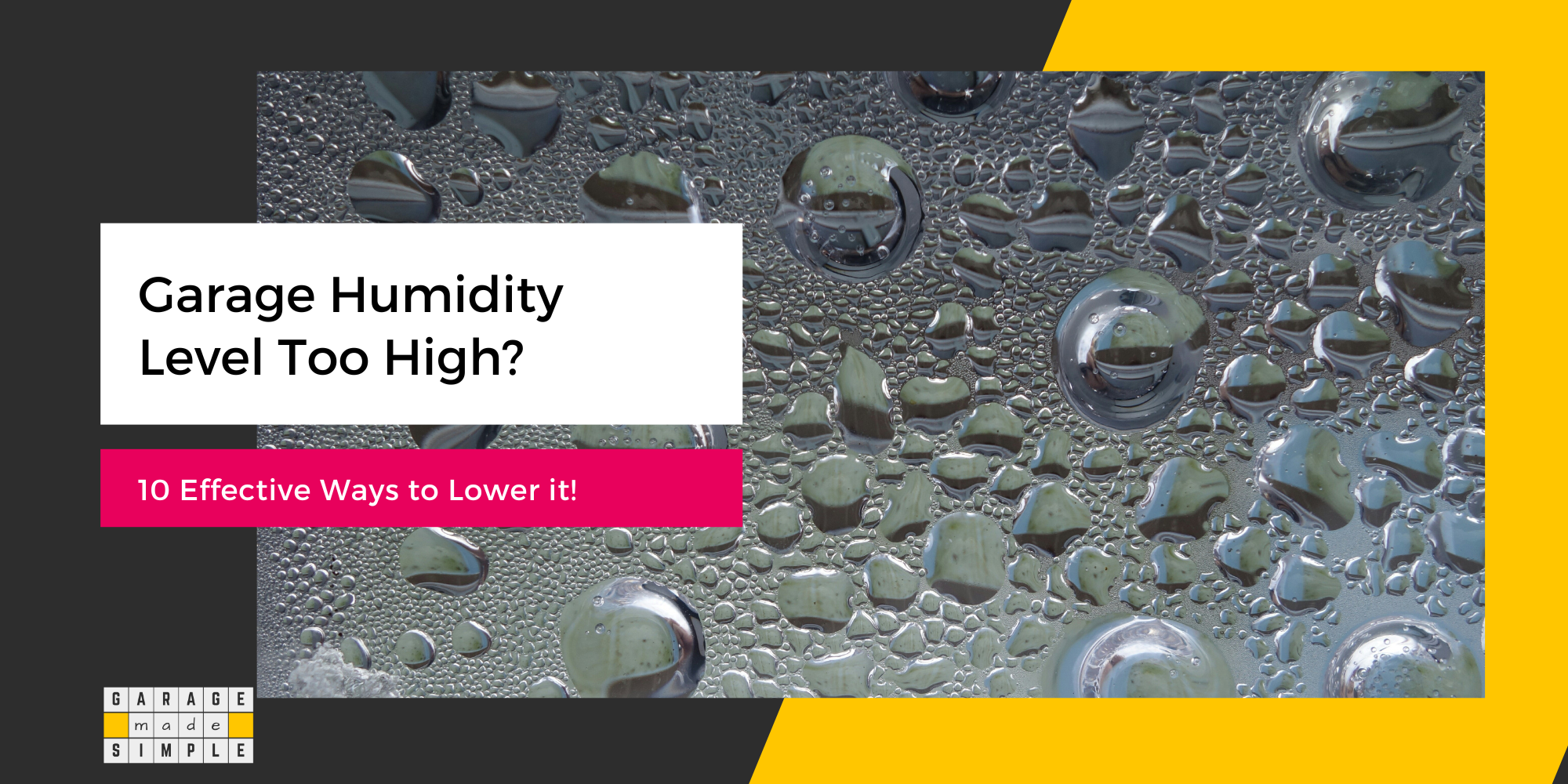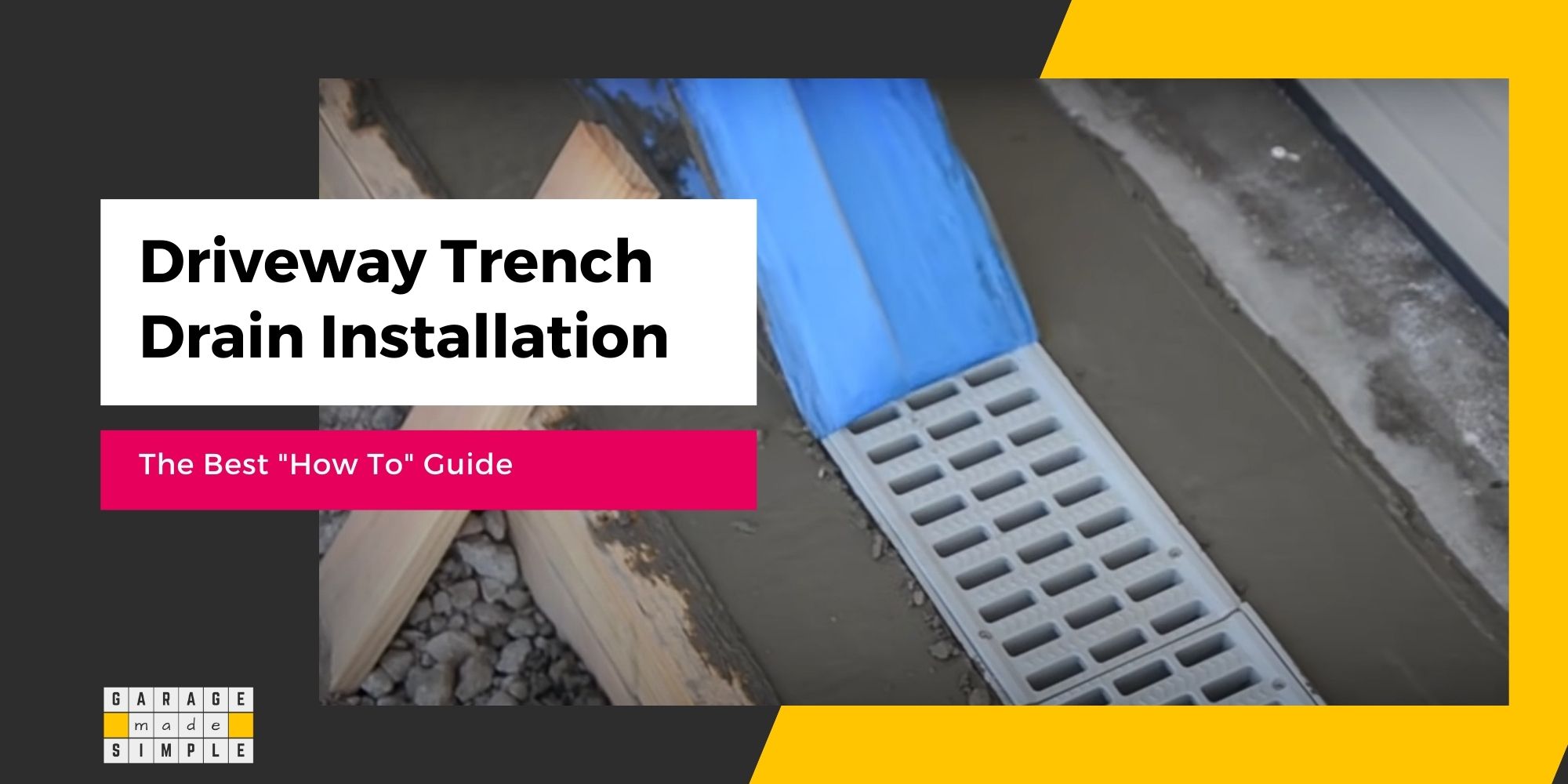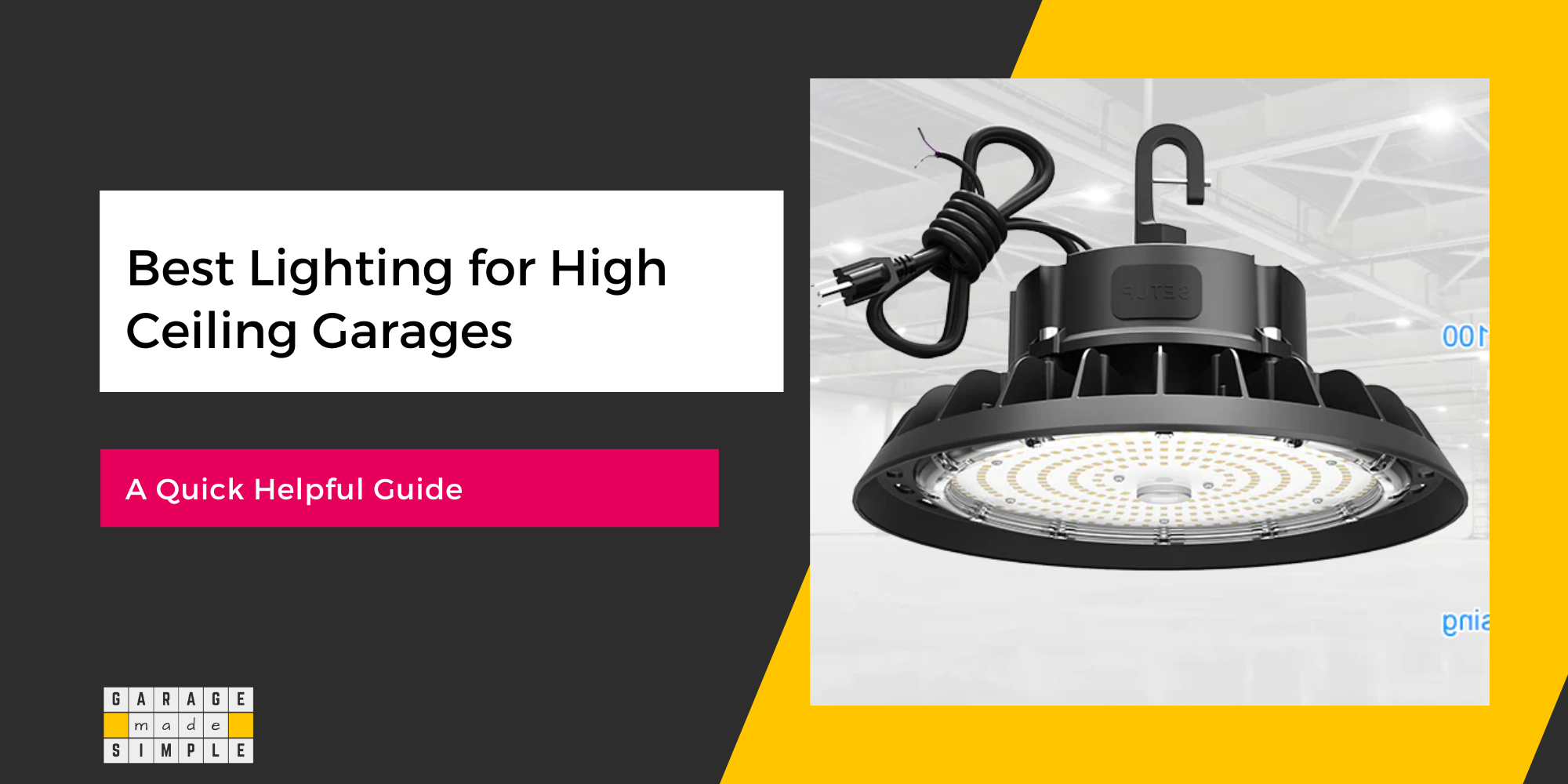Understanding & Choosing the Best Driveway Drain System
As an Amazon Associate, I earn from qualifying purchases.
What is a Driveway Drain System?
A driveway drain system is installed to facilitate surface water on the driveway to be channeled into the ground or a larger storm water drain system. It prevents the driveway and surrounding areas from getting flooded, especially after a heavy rainfall.
An effective driveway drain system is designed to prevent water from damaging your driveway and your property by collecting and redirecting water away from the driveway.
There are different types of driveway drain systems available, including channel drains, trench drains, French drains, and permeable driveway surfaces.
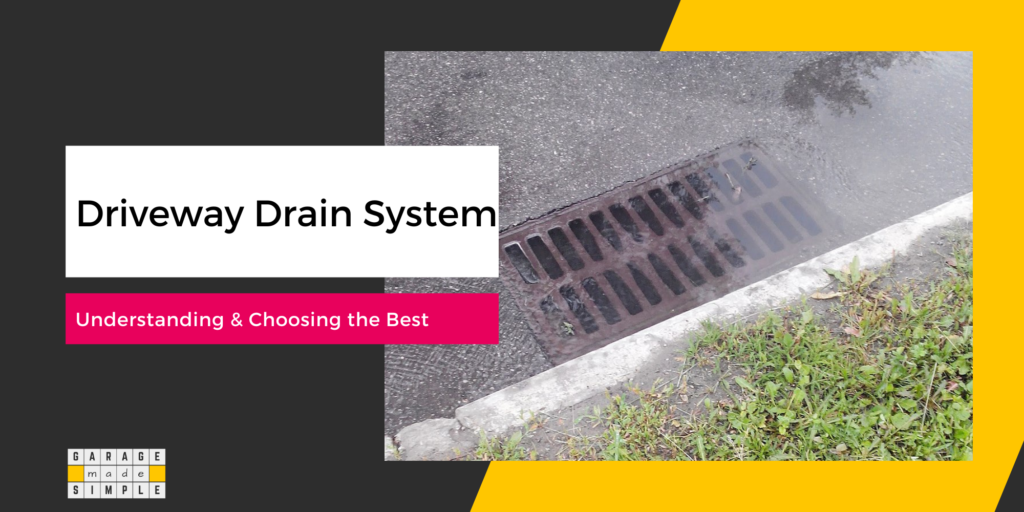
Factors such as the slope of the driveway, the amount of rainfall in the area, and desired aesthetics influence the choice of the type of driveway drain system.
Installing a good driveway drain system is just the beginning. Proper maintenance, regular cleaning, using a drain cleaner to remove any buildup or clogs, checking for damage, etc. are essential to ensure you are not caught off guard in case of unexpected heavy downpours.
Benefits of a Driveway Drain System
Installing a driveway drain system provides following benefits:
Prevents Flooding
A driveway drain system protects your home and driveway from water damage caused by erosion of soil, flooding, and pooling of water.
Increases Driveway Lifespan
A driveway drain system prevents the penetration of water into the driveway. Water permeation in concrete or asphalt driveway degrades its strength and can reduce its lifespan. Installation of an effective driveway drain system is sure to increase the lifespan of your driveway.
Enhances Aesthetics
When a driveway drain system is chosen and installed correctly, it actually improves the aesthetics. Some driveway drain systems, such as Slot Drain, offer a sleek, linear design that are quite pleasing to the eye.
Eco-friendly
Some driveway materials such as permeable pavers or permeable concrete are an eco-friendly drainage option. They allow water to pass through the driveway and into the ground, reducing runoff and preventing flooding.
A ribbon driveway is another design option that permits water to flow from a non-permeable strip to a permeable strip, such as gravel or grass. This is another technique to keep your driveway “drain free”.
Easy to Maintain
Driveway drain systems are easy to maintain and clean, preventing clogs and other issues.
Long-term Solution
A driveway drain system is a long-term solution for removing water and controlling water flow after heavy rains.
By installing a driveway drain system, you can stop worrying about flooding and resulting damages after heavy rains. Driveway drain systems are sure to protect your property from potential water damage.
Types of Driveway Drain Systems
There are several types of driveway drain systems available, including
Trench Drains
Trench drains are heavy-duty driveway drain systems that are ideal for high-volume runoff and heavy-duty applications. They are typically made of concrete or metal.
Trench drains are installed in a trench that is dug across the width of the driveway, usually at the point where the garage apron meets the driveway.
Trench drains are then connected to a pipe system that diverts the water away from the driveway, either to the stormwater drain system or drains to daylight.
Trench drains are available in a variety of sizes and configurations, so they can be customized to fit any driveway. They are also very durable and can withstand heavy traffic loads.
Recommended Driveway Trench Drain Kit
I recommend using the following products that can be ordered from Amazon using the links below:
NDS Channel Drain Kit
Key Features:
- The 5 in. Pro Series Channel Drain Kit with Deep Profile Channel is ideal for draining moderate flows from hardscape surfaces such as driveways
- Channel sections connect together with interlocking joints. Connect 5 sections for a total length of over 16′
- Handles 72 GPM per ft. flow rate. 23.5 sq. in. per linear ft. open surface area.
- Rated for NDS Class B Loads (up to 175 psi) when properly installed—recommended for medium-duty pneumatic tire traffic, autos, and light trucks at speeds less than 20 mph
- ADA compliant
Channel Drains
Channel drains are similar to trench drains, but light duty. They are typically made of polymer or HDPE and are installed in a shallow trench across the driveway.
The trench must be reinforced with concrete so that it can take the load of the cars. Channel drains are then covered with a grate to prevent debris from clogging the drain.
Channel drains are less expensive than trench drains and are easier to install. They are also less visible than trench drains, making them a more aesthetically pleasing option.
French Drains
French drains are perforated pipes that are installed underground to collect and redirect water away from the driveway. They are ideal for sloped driveways and can be used in conjunction with other drainage systems.
French drains are less expensive than trench drains and channel drains, but they are more difficult to install. They are not visible and have a natural look, as they are completely covered with grade.
Permeable Driveway Surfaces
Permeable driveway surfaces are eco-friendly driveway surfaces that allow water to pass through them and into the ground, reducing runoff and preventing flooding.
They include permeable concrete, gravel, pavers, brick and natural stone. Permeable driveway surfaces are more expensive than traditional driveway surfaces.
Hidden or Seamless Driveway Drains
Hidden or seamless driveway drains are commonly known as “Slot Drains”. In essence they are the same as channel drains but are installed completely below the driveway surface.
The grate is replaced by a narrow opening (slot), typically only an inch or so wide. This makes the drain almost invisible and minimizes distraction from the design of the driveway.
Water slips through the narrow opening of the drain and is diverted away from the driveway through a drainage channel or pipe under the driveway or the ground.
Slot driveway drains are ideal if you want your driveway to look sleek and modern. Do make sure that the slot drain capacity is adequate to move water away even from the heaviest showers typical for your area.
How to Choose the Best Driveway Drain System?
To choose the best driveway drain system you must consider the following factors:
- The size and slope of the driveway.
- The amount of rainfall in the area.
- The type of soil.
- The budget.
- The desired aesthetics.
How do you Size a Driveway Drain System?
Sizing a Driveway Drain System is the process of determining the channel dimensions that will get the job done. It is an indicator of the maximum volume of water the system can handle.
LENGTH: The total length of the channel should be around the same as the garage door width. It could be shorter or longer than the driveway width, but not by too much.
Channel sections come in standard lengths of around 39″ (1 meter). Several sections can be snapped together to give the required length.
WIDTH: Channels come in standard widths. The channel width can range from 1” (for a micro channel or slot drain) to 12”. The size that is best for you will depend on the maximum amount of water flow that you are expecting.
DEPTH: The depth of the channel is related to the width and the maximum amount of water flow that you are expecting.
How do you Calculate Drain Flow Rate?
The required drain flow rate (in gallons per minute) depends on:
- Driveway Area (in square feet)
- Rainfall Rate (in inches per hour)
- Surface Type (Asphalt & Concrete Driveway have 100% runoff)
- Driveway slope towards the drain
There are online calculators to make your job easier. You can try out https://www.ndspro.com/tools-and-calculators/ez-drain-calculator
Thank you very much for reading the post. I do hope you found it informative and useful.


